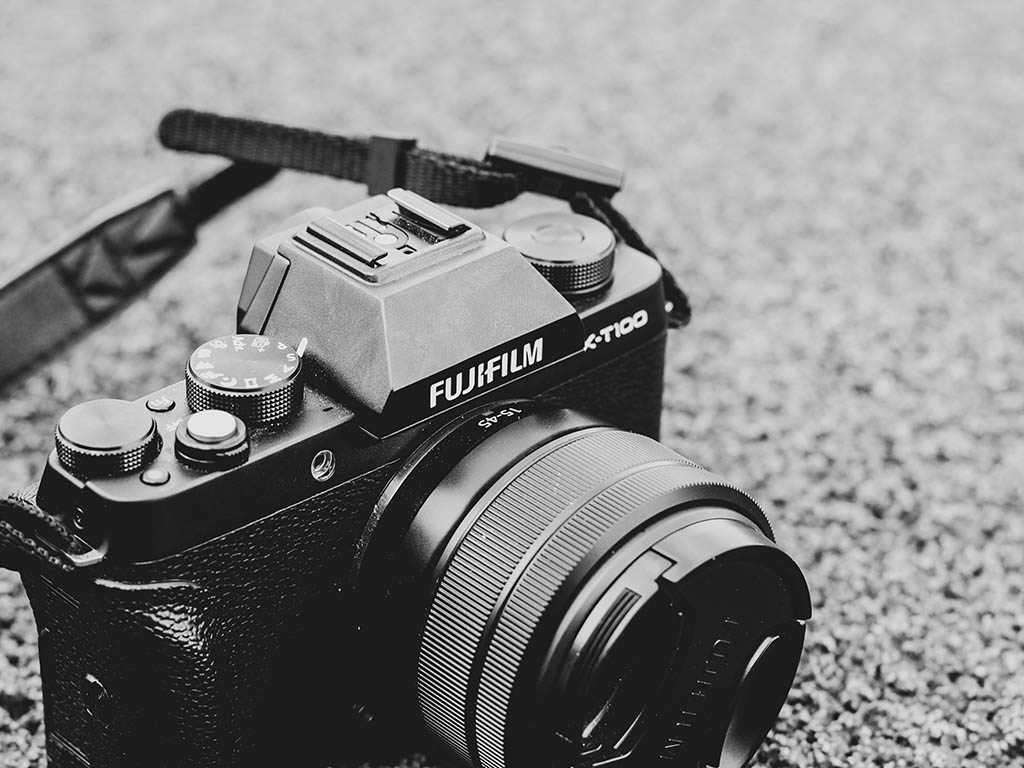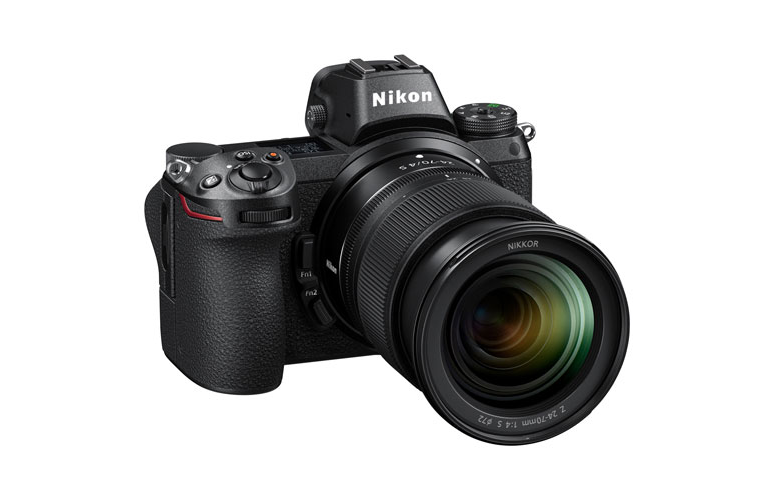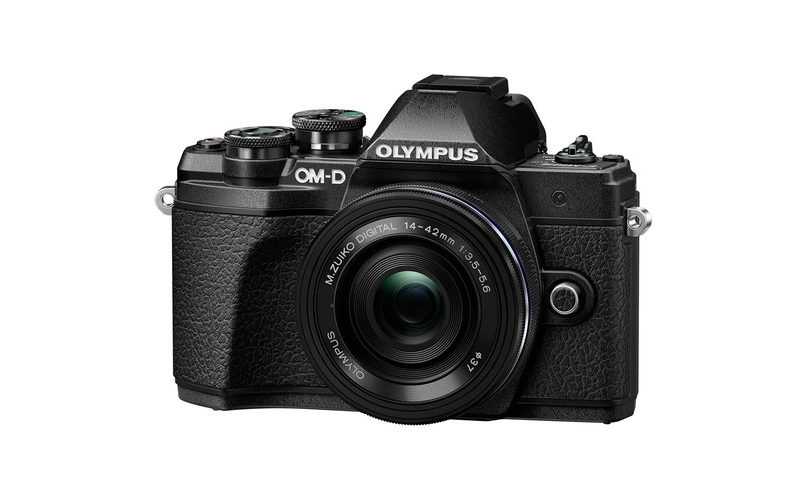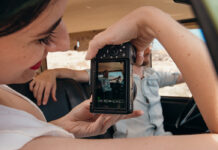
Ever since mirrorless cameras came on the scene a number of years back, they have been held up as the bright, shiny future of photography—and for good reason. Because they lack that internal mirror, they are significantly smaller and lighter than their DSLR cousins, and hence more portable and easier to travel with. One of the disadvantages of mirrorless cameras, however, is their battery life. You are just not going to get as much shooting time out of a mirrorless as you are a DSLR. So if you feel inspired after reading today’s article to make an investment, I strongly encourage you to buy a backup battery too.
READ: The difference between a DSLR and a mirrorless camera
So without further ado let’s take a look at the top 5 mirrorless cameras you can shoot with right now!
The Fujifilm X-T30
The X-T30 is a truly remarkable little camera, a deceptively powerful piece of technology housed in a somewhat unassuming body. Don’t get me wrong—the X-T30 is a fantastic piece of design and a beautiful object in and of itself, but it’s retro, understated look belies the awesome feature set underneath the hood. For example, the X-T30 is capable of shooting a staggering 30 frames per second. It can shoot slow motion video at up to 120 frames per second, and 4K video at a data rate of 200 Mb/s. The X-T30 also has a touchscreen that allows you to change settings and move your focus point, and also shoot photos using the tap-to-shoot feature. The X-T30 carries an APS-C sized sensor, which is quite a large sensor—large enough in fact to shoot professional images with in my opinion, although price-wise this would be considered an enthusiasts camera. One other great feature that I like is the eye-recognition focus mode which keeps the focus locked on your subjects eye, and you can even choose left or right. This is a dream come true for portrait photographers, and it even works with animals!
Read my full review of the Fujifilm X-T30

The Sony a7III
I recently made the leap from DSLR to mirrorless myself and the reason I did so was because of the Sony a7III. There are very few cameras out there right now that can compare to what the a7III offers. I need a camera with a full-frame sensor so that I can offer my photography clients very large file sizes. I also want to be able to shoot very high image quality, and this is something that Sony Alpha cameras are renowned for. The a7III gives you tonnes of control over your frame rates, your bit rates, your color profiles, and of course the option to shoot in 4K. On top of that you also get built-in image stabilization that not only allows you to shoot photos at lower than normal shutter speeds, but also delivers smoother video when shooting hand-held. The a7III has a touchscreen that allows you to move your focus point around the frame, but unfortunately you can’t navigate the menus using the touchscreen.
Read my full review of the Sony a7III

The Canon EOS RP
The Canon EOS RP is another full-frame mirrorless option which might be of particular interest to Canon shooters who already have some Canon lenses that they would like to continue using. In order to do so however, you need to get the EF-EOSR Mount Adapter. The RP comes with a fully-functioning touchscreen, which means you can access all the menu items as well as using the screen to change your focus point and shoot photos. Unlike the screen of the a7 III which only tilts up and down, the screen on the RP also rotates to the forward position, which is important feature for vloggers. When it comes to video, the RP can’t quite match the features of the a7 III, so I see this as primarily a camera for photographers. Finally, I have to say that I really like the design and ergonomics of the RP. As you would expect from a Canon camera it is solid and sturdy but with a little style thrown in for good measure.
Read my full review of the Canon EOS RP

The Nikon Z6
The Nikon Z6 is a full-frame mirrorless from Japan’s other big-name manufacturer. Nikon have made a play to compete with Sony’s a7III by equipping the Z6 with some serious video features as well as the advanced photo features you would expect. If you already own some F-mount Nikon lenses for your DSLR you can get the FTZ Mount Adapter to allow you to use those with this Z-mount camera. The Z6 has a touchscreen—a feature that is thankfully becoming a standard feature for new cameras. Like the a7III, but unlike the Canon RP, the Z6 has internal image stabilization to give you sharper images and smoother video.

READ: Top 5 accessories for any photographer
The Olympus OM-D E-M10
Finally I wanted to mention a mirrorless camera that might fly under your radar but is definitely worthy of consideration as a camera that offers some serious value. The Olympus OM-D E-M10 is a Micro Four-Thirds camera with a sensor that is quite a bit smaller than full-frame but nevertheless capable of producing fantastic images in the right hands. The nice thing about Micro Four-Thirds is that it is a standard mount-type used by a number of different manufacturers, and you can use lenses made by any of those manufacturers. The OM-D E-M10 is a beautifully designed camera as you can probably tell from the photo below. But it also has some great features inside like in-built stabilization, 4K video and Full HD video at 120 frames per second. Add to this a tilting touchscreen and you have a camera that can mix it with the best of them.

Do you have a favourite mirrorless camera? Leave a comment below and tell me about it!



